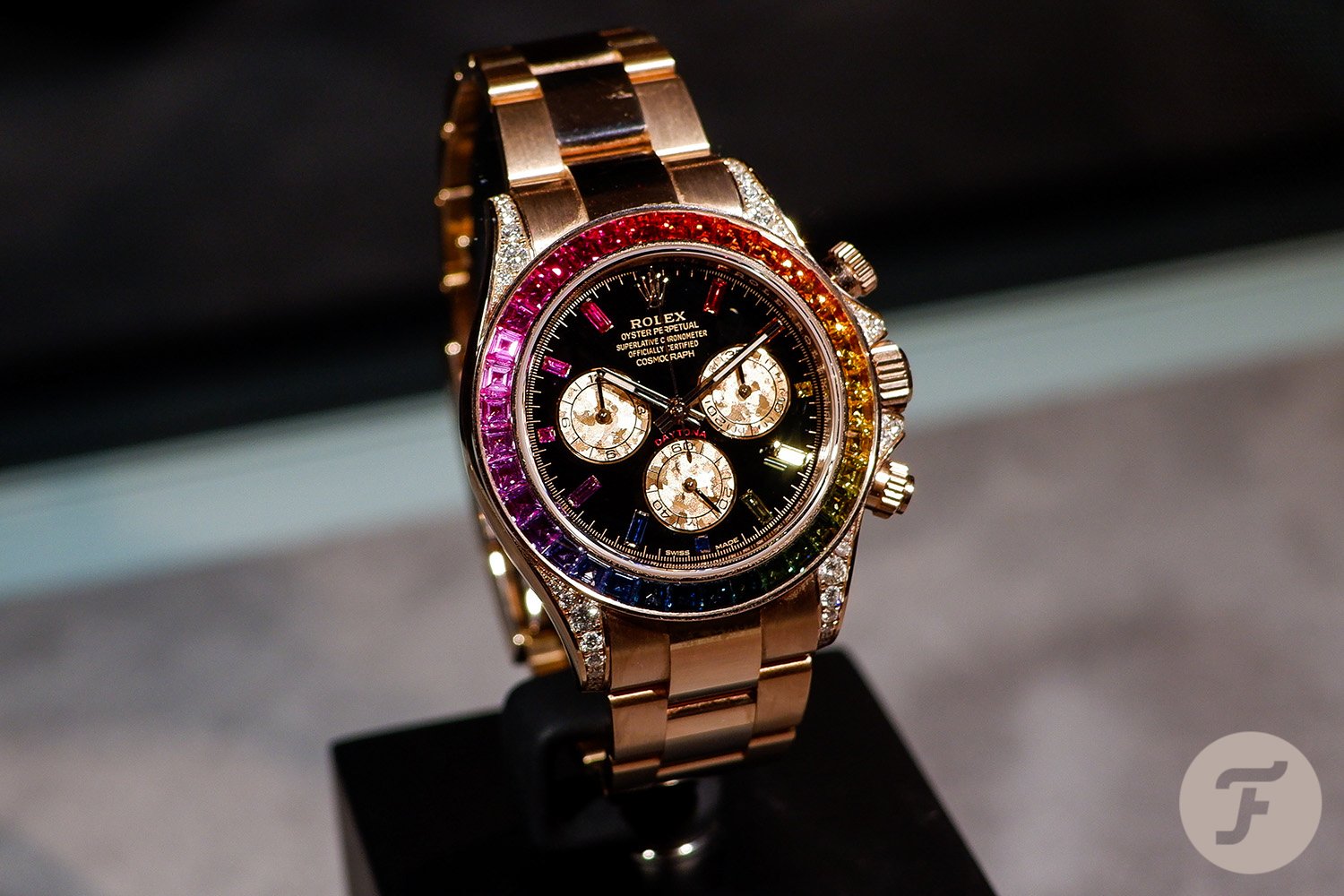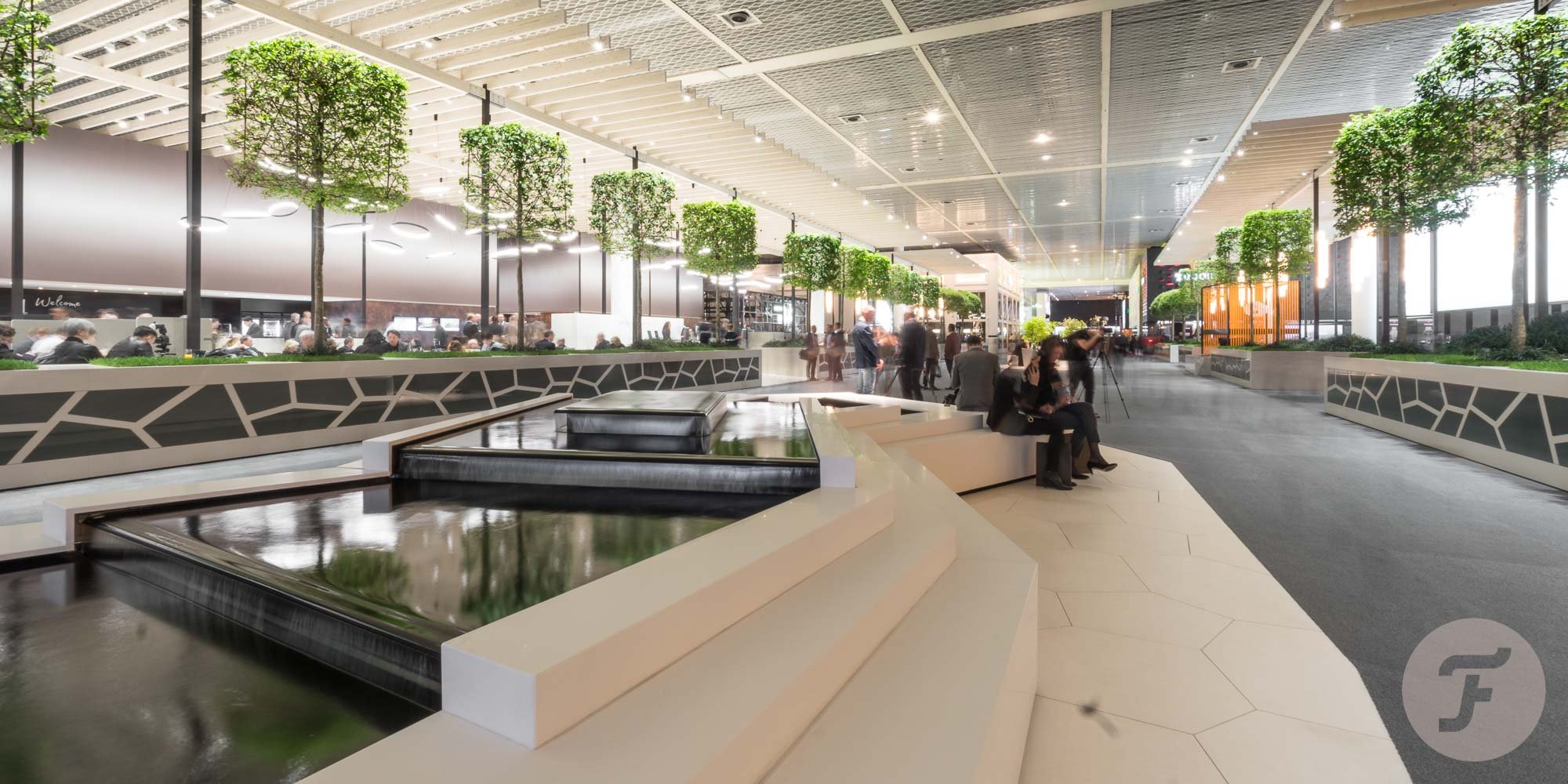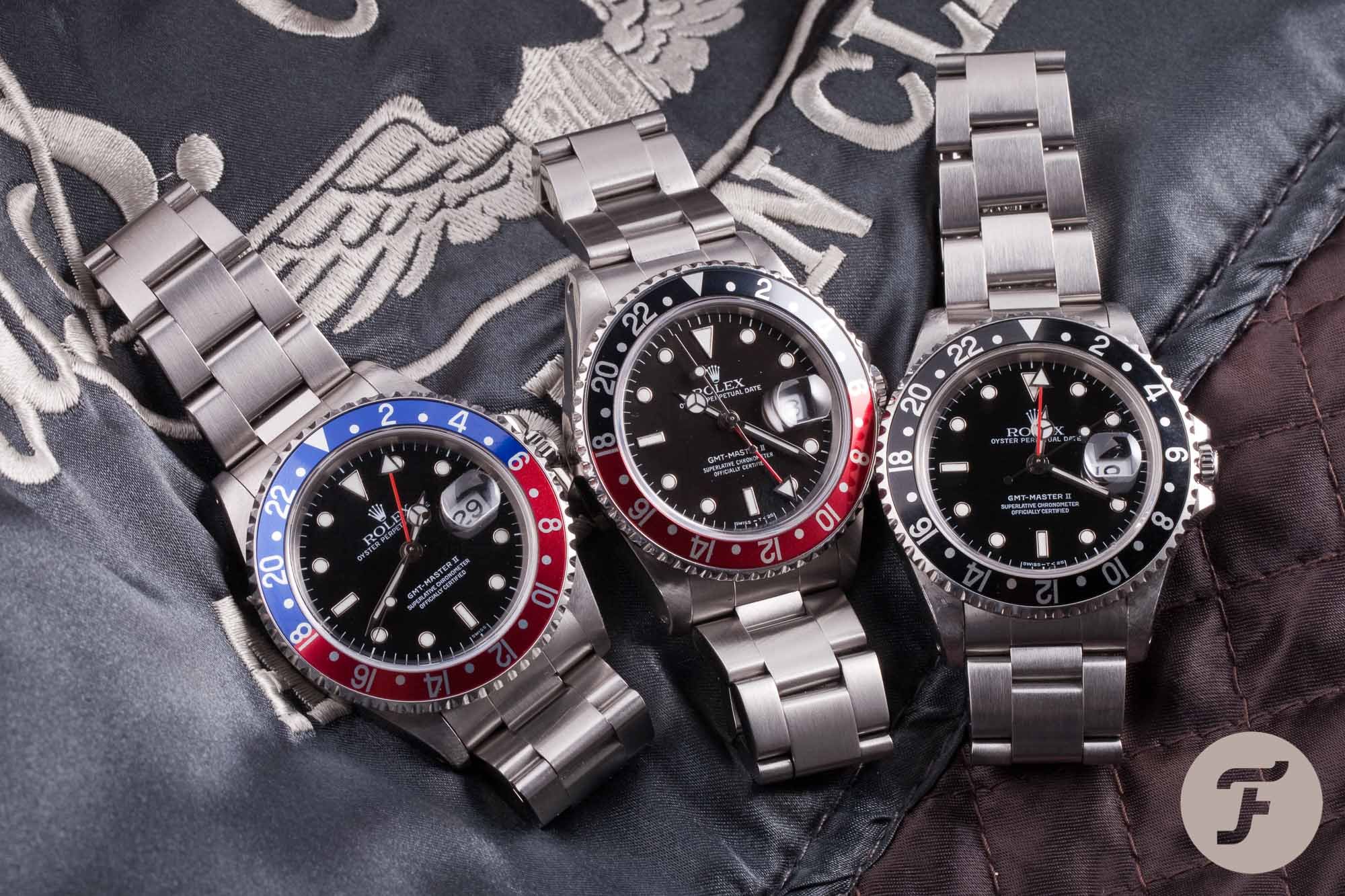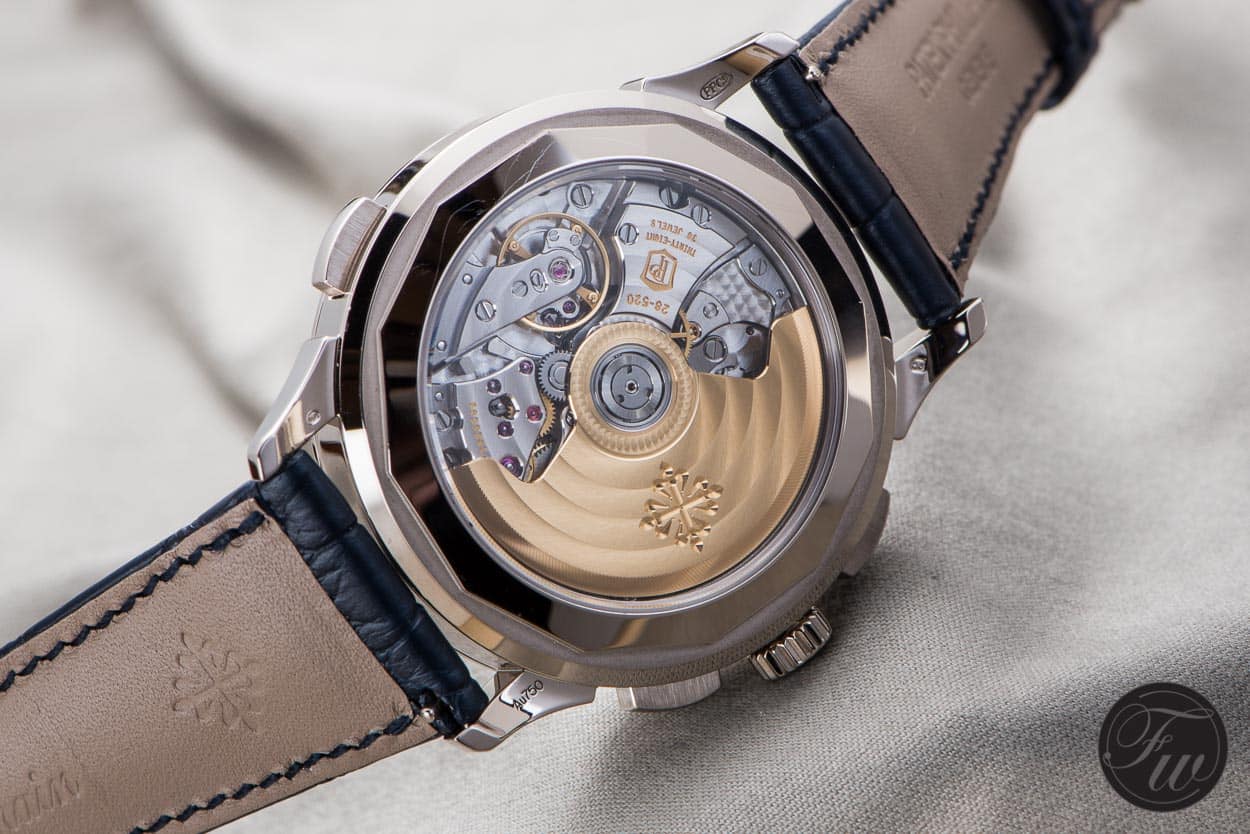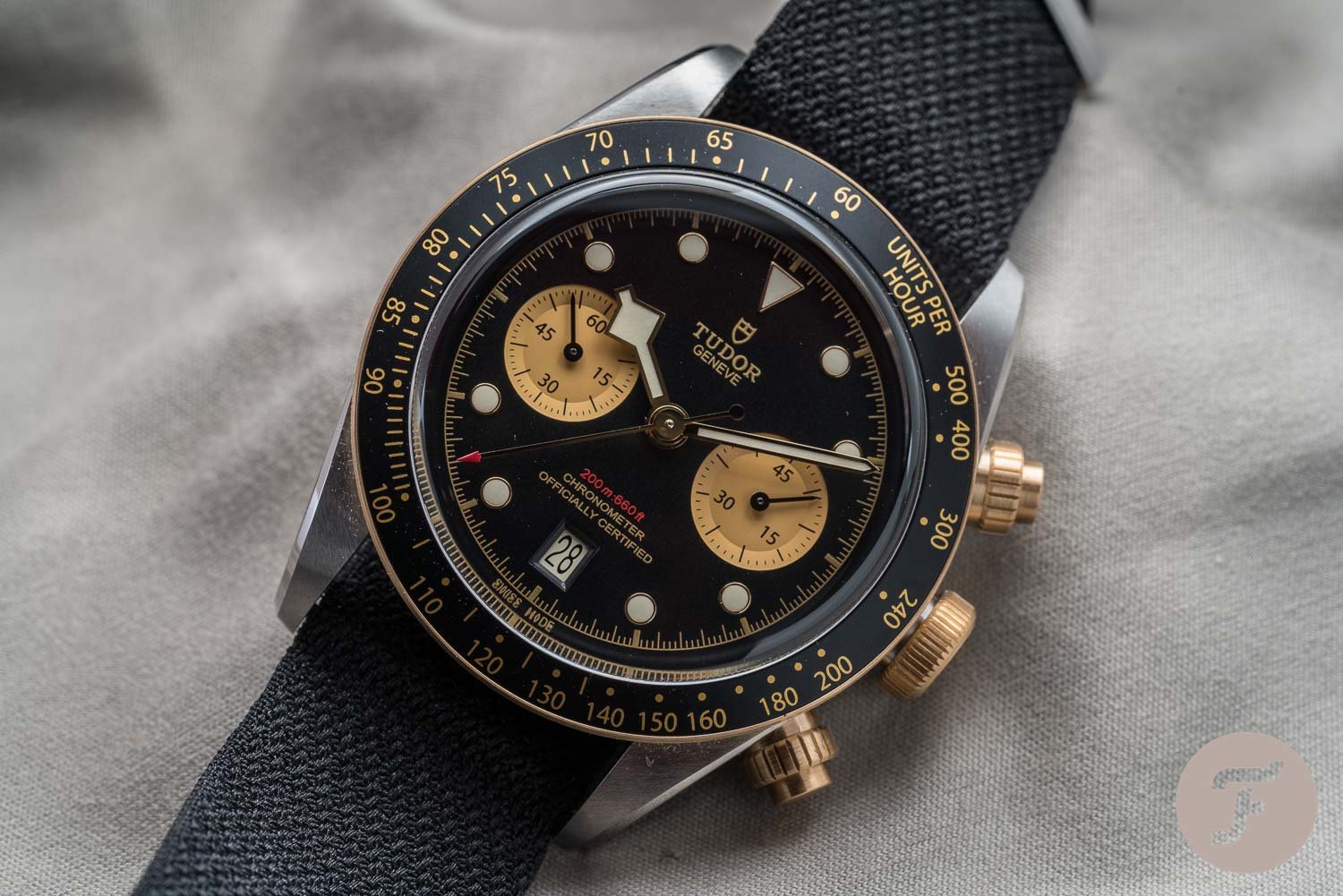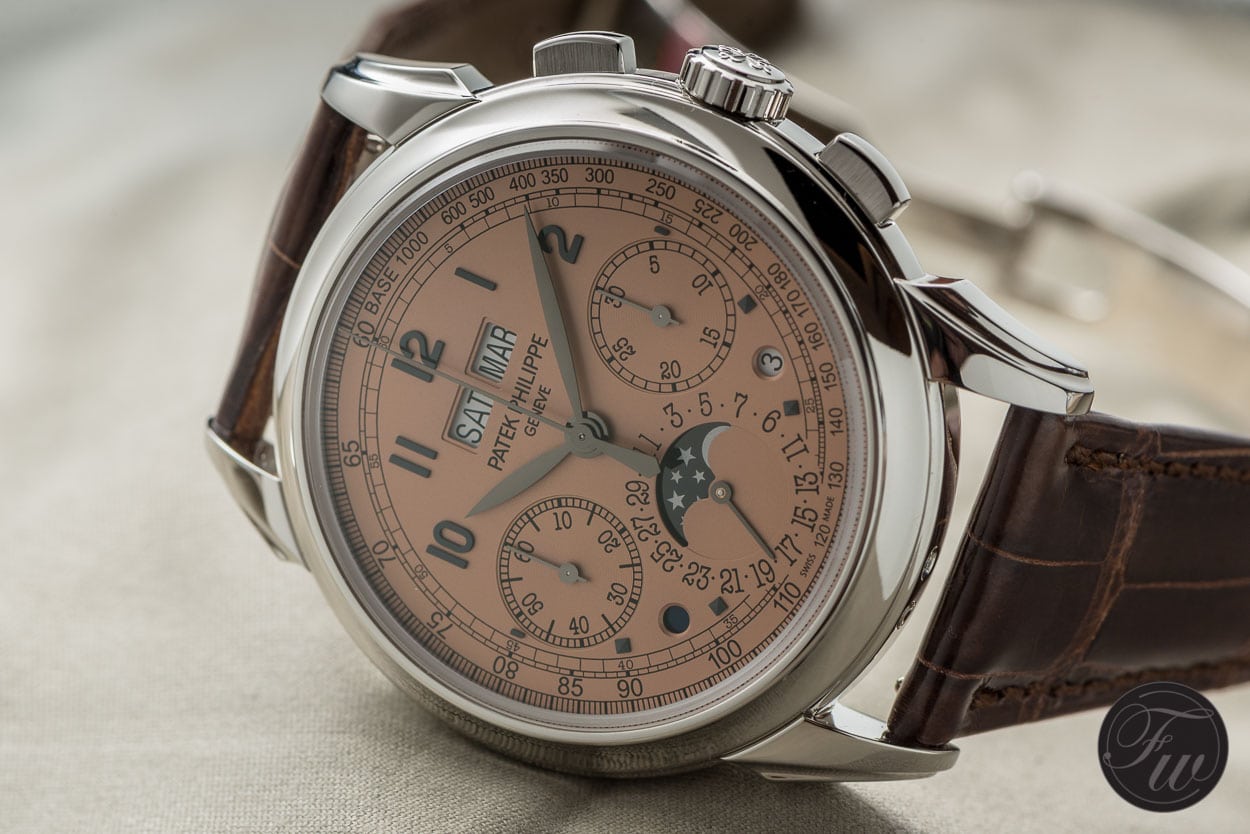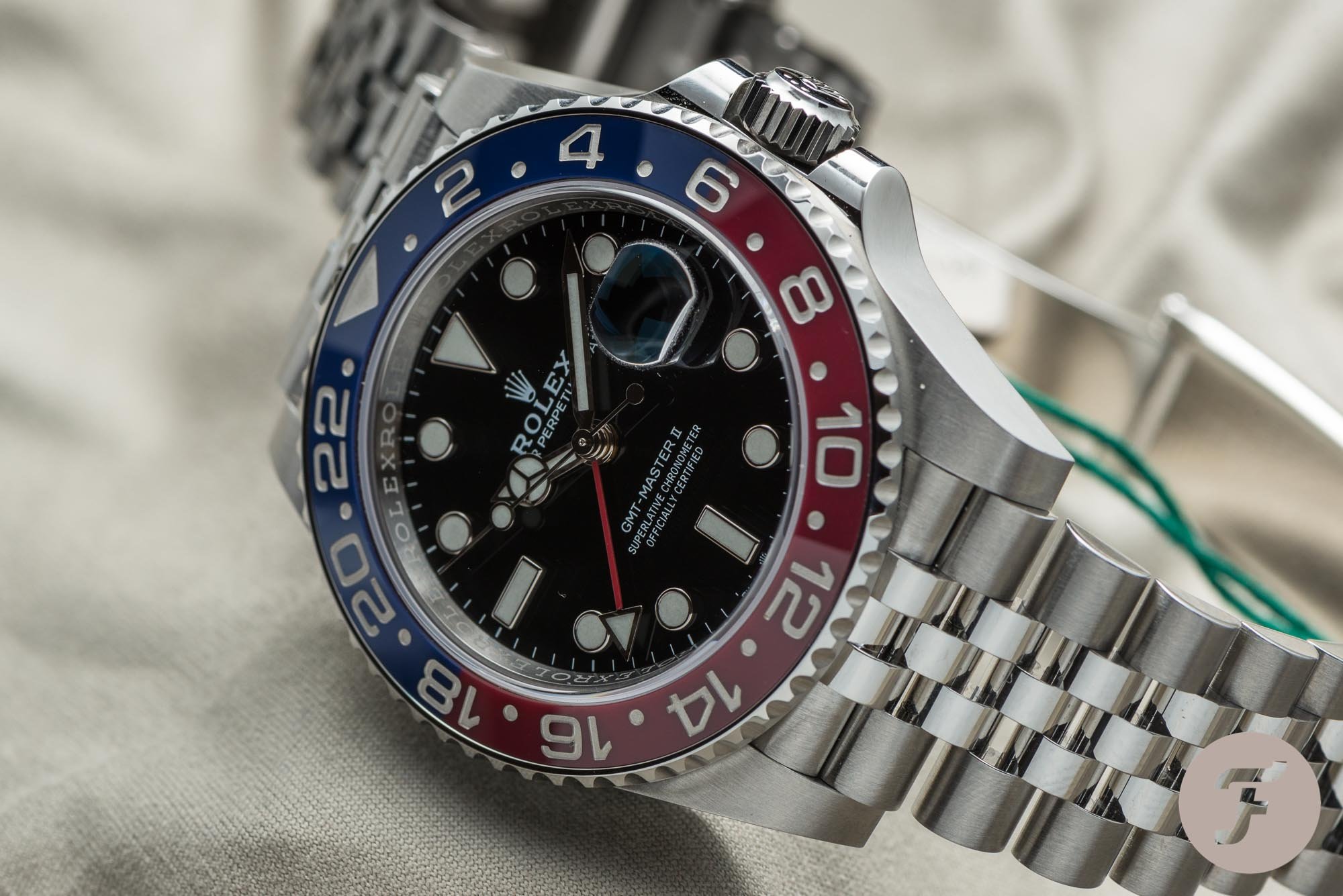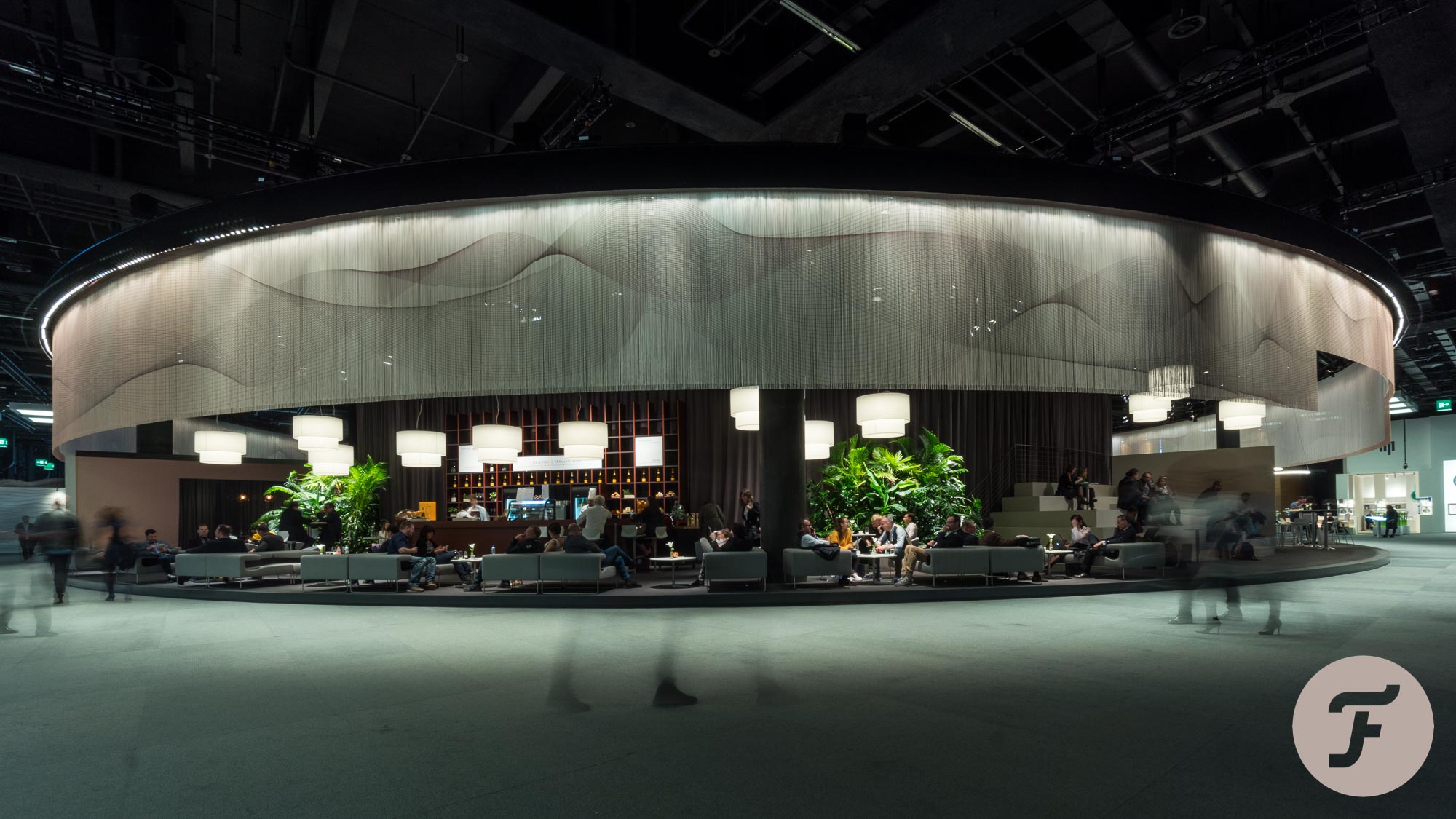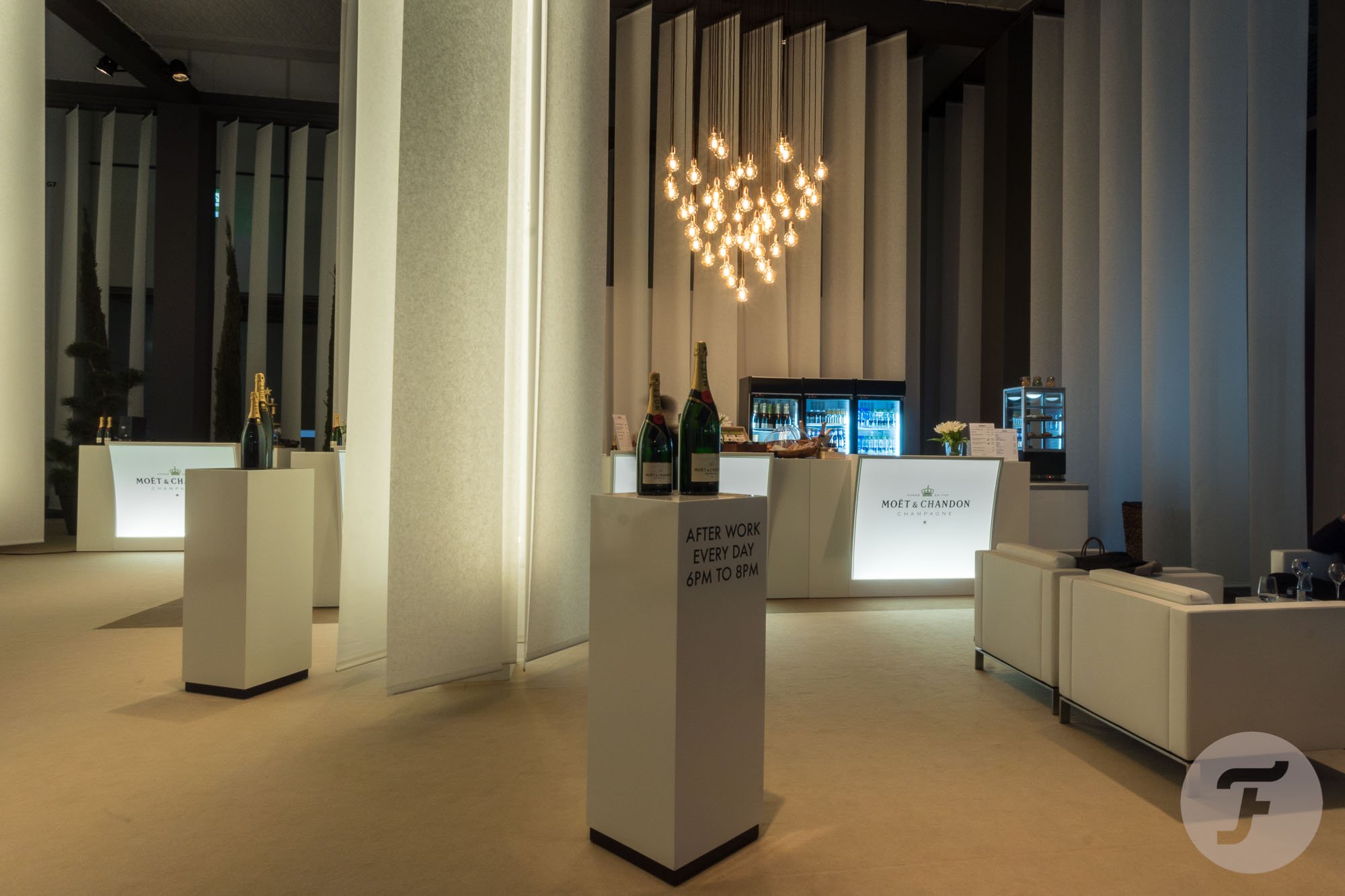Breaking Baselworld: Rolex, Tudor, And Patek Philippe Are Out
Last week, the news that Rolex, Tudor, and Patek Philippe were postponing their 2020 releases was confirmed across the board. That announcement — vague as it was — sired more questions than answers. The most pressing? The future of Baselworld. With yesterday’s confirmation that all three brands will step away from the storied fair, we have more grain for the conversation mill.
That’s got to be curtains, right? I’m yet to encounter a different reaction. I’ve heard people — even myself — desperately trying to present this news as anything but a death knell for Baselworld, but it doesn’t seem to be sticking. But before we take a slightly deeper dive into what got us to this point, let’s bluntly address the news itself.
Combined action
Yesterday — April 14th, 2020 — Rolex, Tudor, and Patek Philippe (along with Chanel and Chopard) released a statement via the Fondation Haute Horlogerie (FHH) detailing their shared plans for 2021 and, presumably, beyond. Despite proposing the possibility of combined action last Saturday, I must admit I was a little surprised when it actually came to pass. Not because I doubted its viability. But simply because I hadn’t expected such a swift and decisive move.
…very lonely overpriced sausages…
Last week’s confirmation of postponement gave us little to work with. I wouldn’t have been surprised if we’d been kept waiting for months before we got something hearty to chew on. And yet here we are. It is now assured that Rolex, Tudor, Patek Philippe, Chanel, and Chopard will set-up their own fair in 2021. The fair will be organized in conjunction with the FHH, be held in Geneva, and run concurrently with Watches and Wonders 2021. So what does that mean? Well, a lot is still up in the air, but one thing seems likely: there will be several tons of very lonely overpriced sausages rolling forlornly through the streets of Basel next spring.
Lightspeed
The new, as-yet-unnamed fair will take place at Palexpo, Geneva. More important than the name, though, is the fact that the door has been left open for other brands to join this breakaway brigade. This kind of multi-brand coordination is rare on this level of the industry. Smaller independents are more used to openly collaborating to pool far-more limited resources in an attempt to compete with the ever-present juggernauts of the watch world. But the FHH-branded announcement directly refers to talks held between at least Rolex and Patek Philippe, rather than the brands having been brought together by the FHH independent of each other.
It’s a very interesting development. And, perhaps more interestingly, we can class this as a genuine reaction to the current situation brought about by the outbreak of Covid-19. In watch industry terms, this decision has been made at lightspeed. Let’s not forget that had the Corona Virus pandemic not swept the globe, these brands would already be packing their bags for Basel. Within a matter of weeks, the age-old fair has had the rug pulled from under its feet, seen that rug dust-beaten within an inch of its threadbare life, before having it doused with gasoline and shown a blazing match too close for comfort.
So how did this happen?
A long time coming
In truth, this decision must have been a long time coming. The entirely disappointing (and yet regrettably unsurprising) response from Baselworld — read it: it is worth it — hints at the same suspicion, which is about the only sensible thing featured in the page-long reputation shredder the top brass of MCH deemed wise.
The mass exodus began with the Swatch Group’s departure. Nick Hayek claimed the departure was down to the arrogance and snobbery of the Baseworld management. Remember, this scathing assessment came from a man who has lived his life at the pinnacle of the luxury industry. When he calls out an individual or team for arrogance and snobbery, it is just a teensy bit possible he knows what he’s talking about…
Breitling’s decision to step away from the fair was really the beginning of the end. With LVMH establishing watch week in Dubai, faithful brands like Bvlgari and TAG Heuer had an easy exit strategy. All that was left was for the big three to make their move.
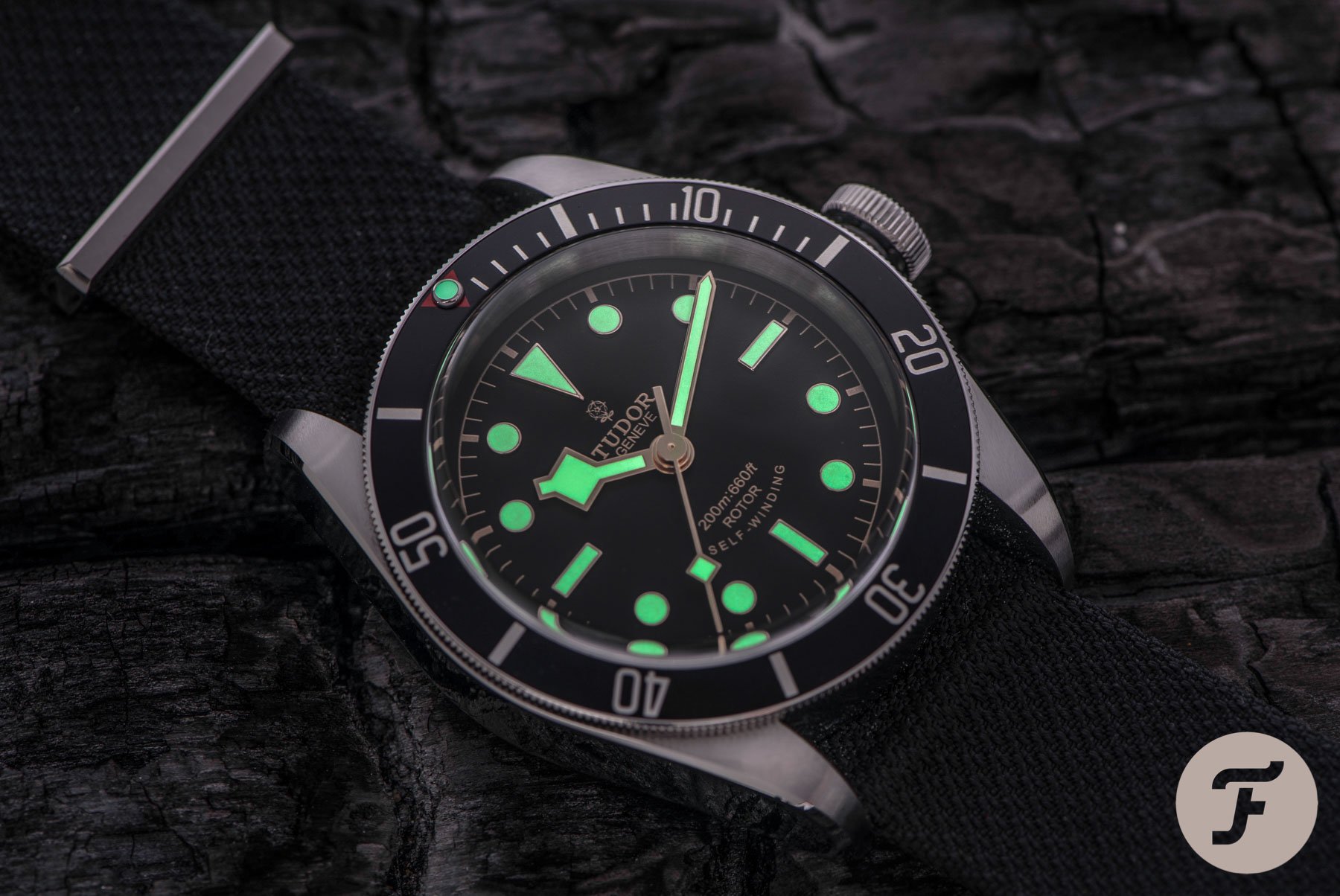
What went wrong?
And so it was only a matter of time. Rolex, Tudor, and Patek Philippe have, weirdly, found themselves in a position where action is, for once, necessary. It is heartening to see these industry leaders shoulder their responsibility to govern change. But how on Earth did Baselworld — one of the world’s longest-running trade fairs — get into this mess? Simply put, what went wrong?
Well, it’s a long list. In a nutshell, the fair was heinously out of touch. But saying that without giving several key aspects of the fair’s organization their day in the sun sounds glib. So here goes…
An analog fair
Baselworld has been an anachronism for years. It is an analog fair in a digital world. The organizers’ refusal to fully embrace technology was baffling. The simplest things were made to seem impossible. Good WiFi. It shouldn’t be too much to ask. But somehow, in 2020, in Switzerland, at one of the largest gatherings of luxury brands in the entire world, it was barely possible to use Instagram.
The fair produced a newspaper, for goodness sake. To make matters worse, it was handed out by a team of beautiful women in matching dresses. Every morning I would arrive at the fair, 170cm tall, red-faced, slightly overweight, almost certainly a bit hungover, and not feeling like “my best self” to be handed a newspaper by a smiling woman. I like it when people smile at me. I don’t like it when I feel like I’m paying for it. And I like it even less when the person doing the smiling looks uncomfortable in the knowledge she is nothing but that smile to me and the thousands of other gawpers that line the halls.
We’re in an age that has said (or is saying) goodbye to ring girls in boxing, walk-on girls in darts, and pit girls in motorsport. Apparently Baselworld didn’t get the memo. As professional as the Baselworld welcome team always behaved, they can’t do anything about the fact their presence was a sad indictment of just how out-of-touch their employers were.
They just wanted more
So many issues could have been solved by technology. An engaging app that was engaging and informative on multiple levels (for retailers, brands, and the public, for example) would have been a fine addition. Yes, an app did exist, but I’m talking about one that actually did something. Perhaps, an app that lets people remotely attend meetings or access the necessary press data immediately from one centralized source? Reducing the amount of foot traffic to Basel was never the organizers’ intention because they couldn’t see how managing the crowds might benefit the fair. They just wanted more. More products, more people, and more money.
A public disappointment
I’ve only ever visited Baselworld in a professional capacity. I would not go as a member of the public. SalonQP used to be great. The Watches and Wonders fair is cool. Any RedBar event at the local watering hole is ten times better for a fan of horology than visiting Baselworld.
The organizers charged through the nose for tickets and gave nothing back. Brands could not really be expected to open their doors to all-comers while dealing with back-to-back-to-back meetings with clients all day. There should have been a division in proceedings. How hard would it have been to make the fair open for business between 8-6 and, thereafter, allow members of the public to attend seminars or product presentations at a paid-for champagne reception? It would have been a great (if exhausting) way for brands to engage with an eager public. And Baselworld could have been regarded as an educational highpoint in the calendar. Through such events, it could have built what it sorely lacked. A brand.
What is Baselworld?
What is Baselworld? That’s a question I’m sure you’ve heard. “It’s a trade fair,” I’m sure you responded. “You know… For watches and stuff.”
Hardly a show-stopping character profile, is it? Part of Baselworld’s major problem is that it didn’t have an identity. It never did. It never felt it needed one. In fact, it wasn’t until it was way too late that anyone realized. Because Baselworld, as untouchable as its position in the industry seemed, would never have existed in the modern era. It got lucky. It was an almost inexplicably extant throwback to a time long since passed. Had it not still been limping along when the industry went beserk in the later ’90s through 2015, it would never have been restarted in this form.
Go on the Baselworld website. Now go on the WAW website. Look at the branding. The animation of the page. The use of color and typefaces and — God forbid — layout. WAW is not just a fair. It is a brand. A brand that makes sense in multiple markets. Geneva, Hong Kong, Miami: these global centers are able to host a brand because it is transferable. It brings character along for the ride. Baselworld never did.
Expensive
Baselworld was known for being expensive. Anyone who tries to tell you local businesses don’t take advantage of the influx of visitors during the fair is lying or wrong. Hotels jack up their prices. Restaurants literally have different menus. Snack sellers drive gold-plated Humvees to work (that one is an exaggeration, but you get the point…). It was a crazy expense for brands, journalists, and the public.
And for what?
If you’ve ever tried to take a decent wrist shot in Baselworld, you will know you’d stand a better chance of results in a dark cave. The lighting is atrocious. Quiet space is either non-existent, unfurnished, or uninviting. This is a fair that expected journalists to wax lyrical about its brilliance on the spot. How, exactly? SIHH introduced decent provisions for the press years ago. Baselworld had a chance. It didn’t take it.
But the real expense fell at the feet of brands. Enormous, eye-watering figures that swamp annual budgets have frequently been quoted. For the kind of investment Baselworld wanted, brands might have expected something in return.
The response
When Rolex, Tudor, Patek Philippe, Chopard, and Chanel announced their departure, a hush fell over the industry. A few spirited folks attempted to make a case for Baselworld’s continued existence, but those arguments got lost in a soft breeze somewhere over the oceans of improbability. While the fair may attempt to labor on with a vastly altered format, it is surely over.
This is a significant moment. We have witnessed a real change. All that was left was for Baselworld to respond with grace, to pad its reputation before it evaporates, to leave us all with a nostalgic lump in our throats…
Needless to say, that did not happen. The response was either rushed or bone-headed. Take your pick. It doesn’t matter much at this point. Basically, Baselworld made it very easy for everyone to feel good about leaving, and really hard for anyone to justify staying. We’ll see what happens, of course. Crazier decisions have been made by brands in the past. But, thankfully, the brands that we expect to step up when the going gets tough did exactly that. And now we’ve got something new to relish.
All aboard for Geneva 2021. I’ll see you there.

